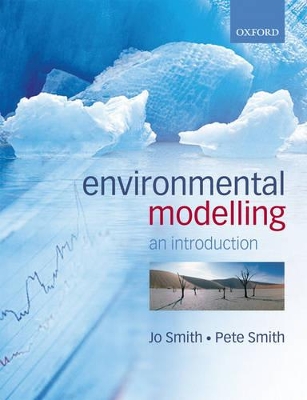The global environment is a complex mix of interlinked processes, about which observation can tell us a great deal. But how can we use current observation to model future events, or to predict the consequences of scenarios that don't yet exist?
Environmental Modelling: An Introduction shows how modelling can be used to explain experimental observations, and how these observations - and the data gathered - can be extrapolated to help us understand new environments and processes, and to solve environmental problems.
The book begins by explaining why modelling is such a powerful experimental tool, before walking the reader through the process of constructing a model - what the key considerations are, and how different models should be used to probe different types of problem. It then illustrates how models are actively applied, before introducing a series of case studies to show how modelling has been used in real environmental and ecological studies.
Accompanied by an extensive Online Resource Centre to support active, hands-on learning on the part of the student, Environmental Modelling: An Introduction is the ideal resource for any student who needs to develop a working understanding of modelling, and how to apply modelling in their own research.
Online Resource Centre:
- Figures from the book available to download, to facilitate lecture preparation
- Interactive spreadsheets to encourage learning through hands-on experience
- ISBN10 0199272069
- ISBN13 9780199272068
- Publish Date 18 January 2007
- Publish Status Active
- Publish Country GB
- Imprint Oxford University Press
- Format Paperback
- Pages 192
- Language English
